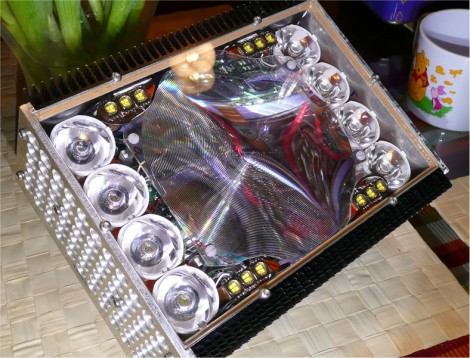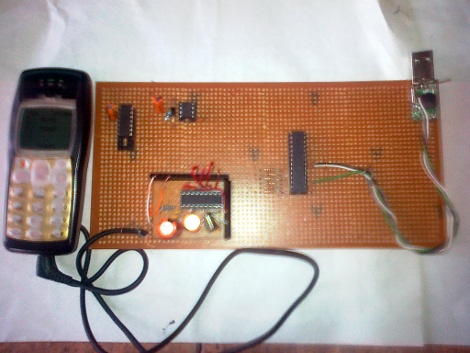
If you’re tired of playing flash games with a mouse, perhaps you’ll draw inspiration from this project. Arthur built a multitouch interface that uses objects as part of the control scheme. In the image above you can see that the game board for a tower defense game is shown on the display. There is a frustum-shaped game piece resting on the surface. Just place that piece where you want to build your next tower, and then select the tower type from the list.
The controller itself is pretty straight-forward. The surface is a piece of acrylic topped with some light diffusing material. A projector shines through another acrylic window on the side of the unit, reflecting on a mirror positioned at a 45 degree angle. As for the multitouch detection, the hardware uses a series of UV LEDs along with a modified PS3 eye camera. [Arthur] chose the reacTIVision software package to process the input from the camera. Check out a couple of videos after the break to see the hardware, and some game play.
Continue reading “Multitouch Tower Defense Uses Physical Towers”
















